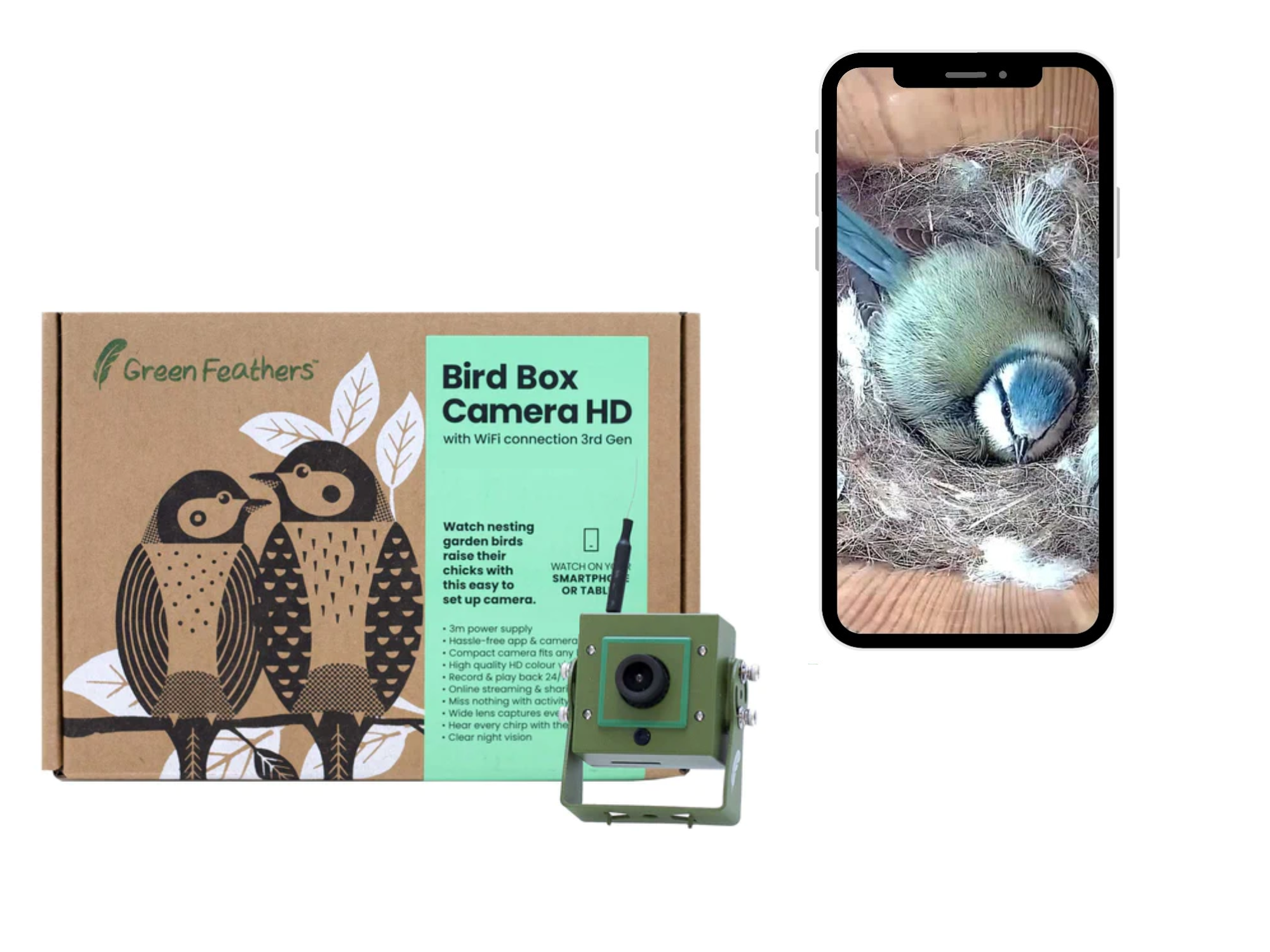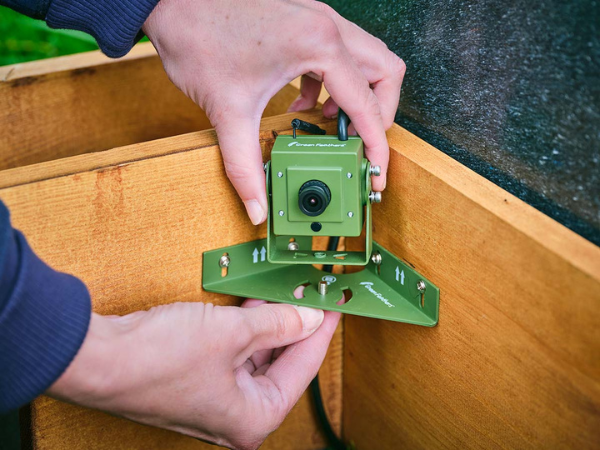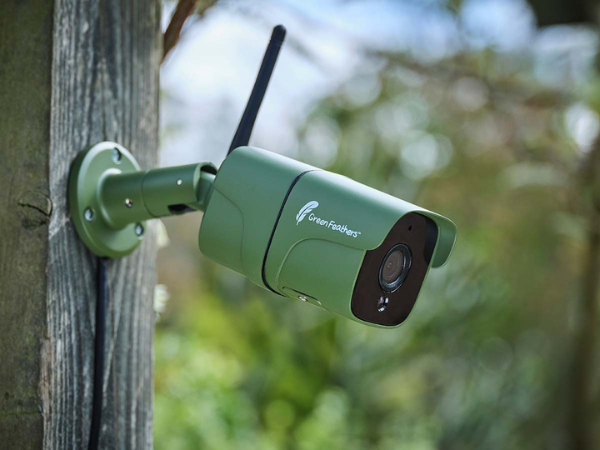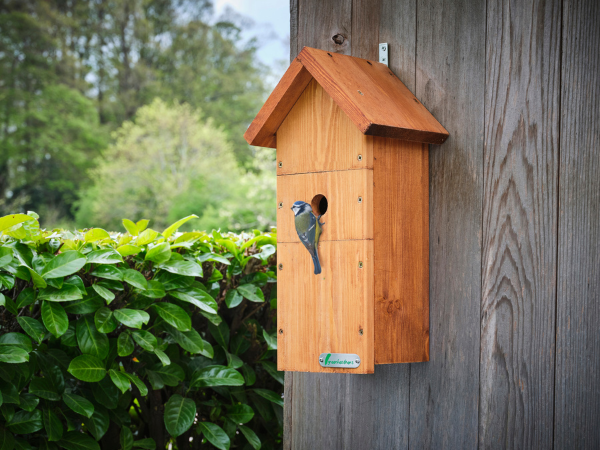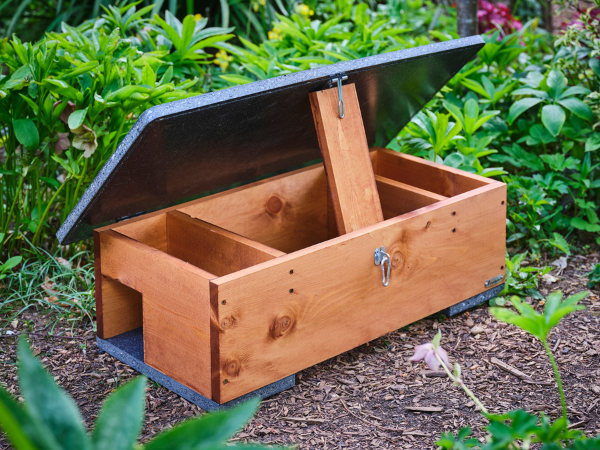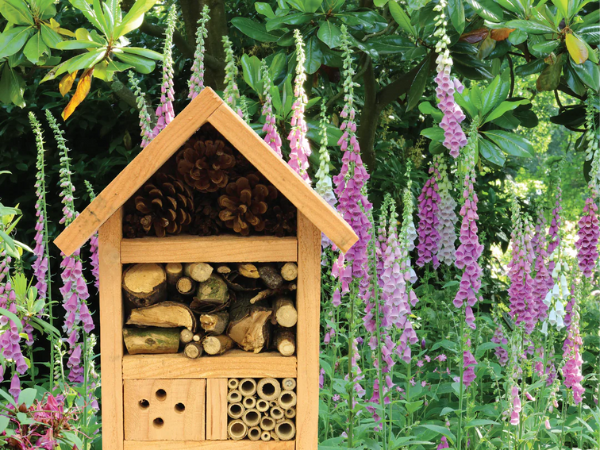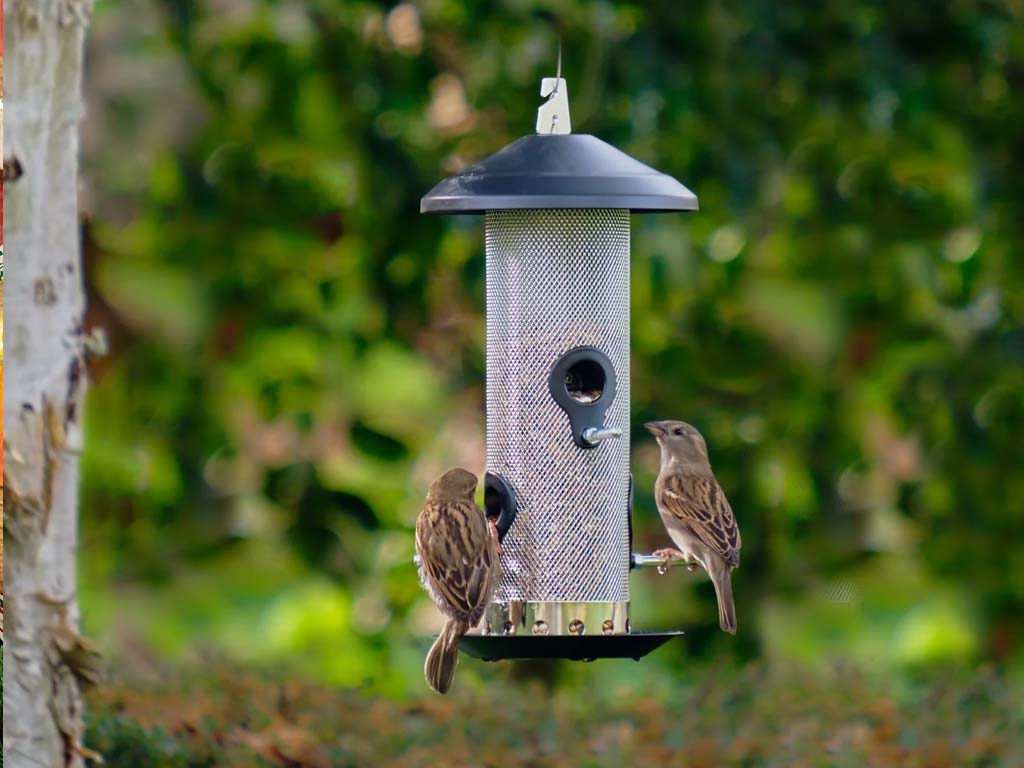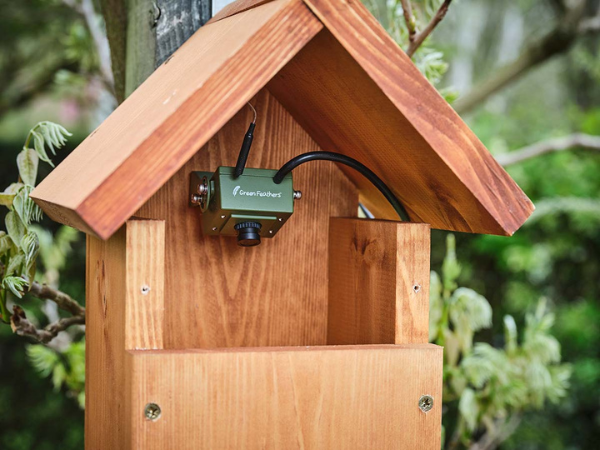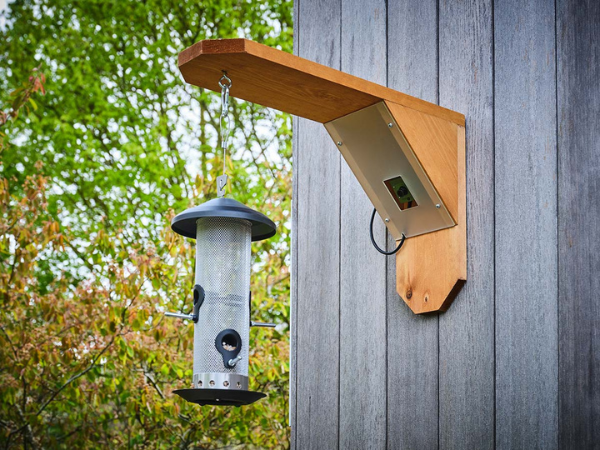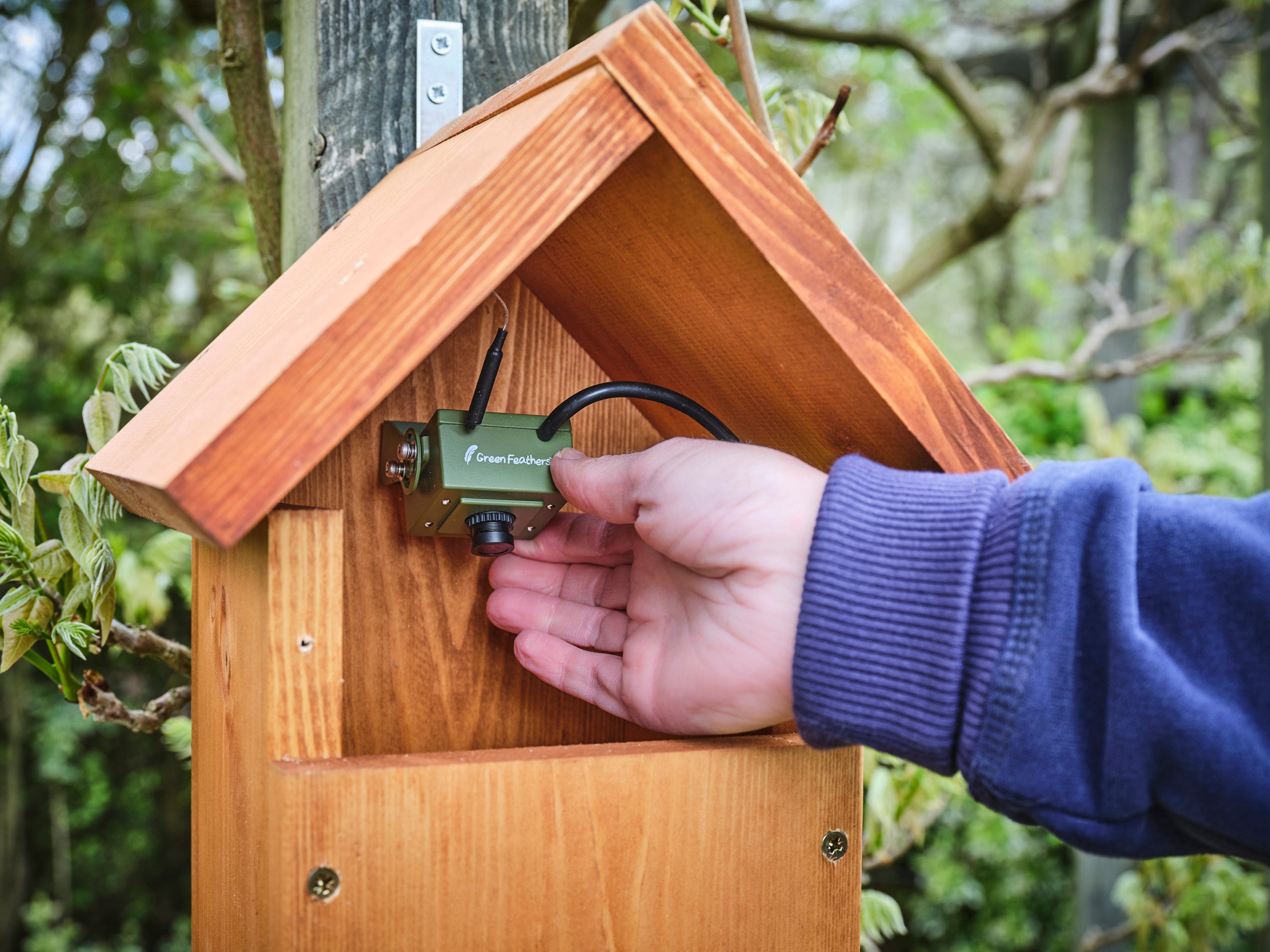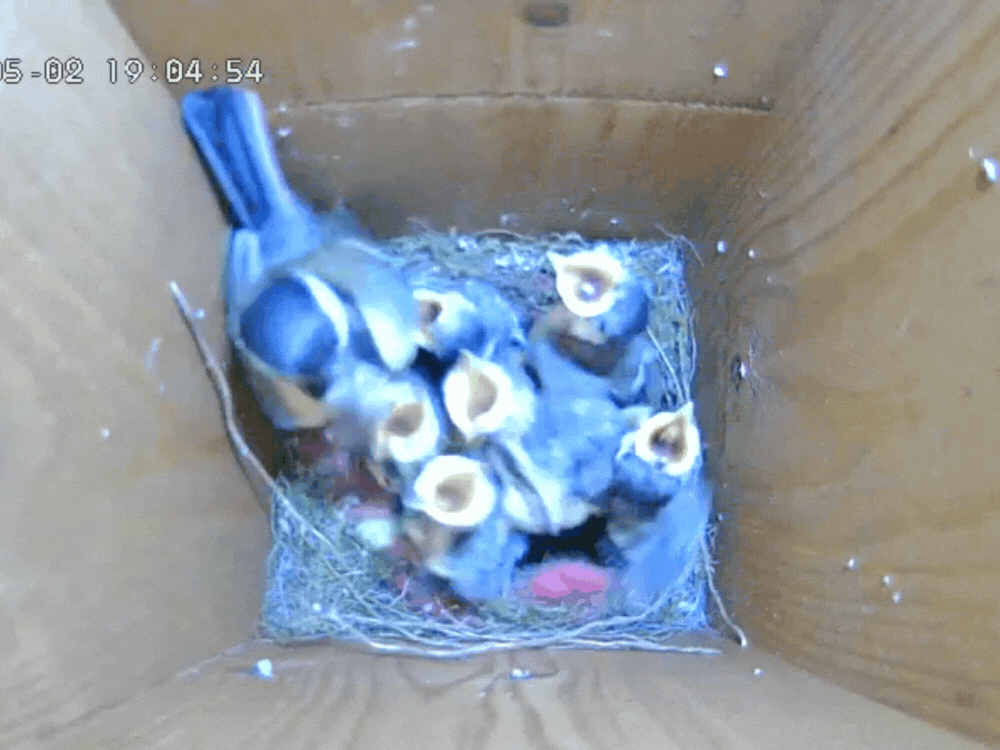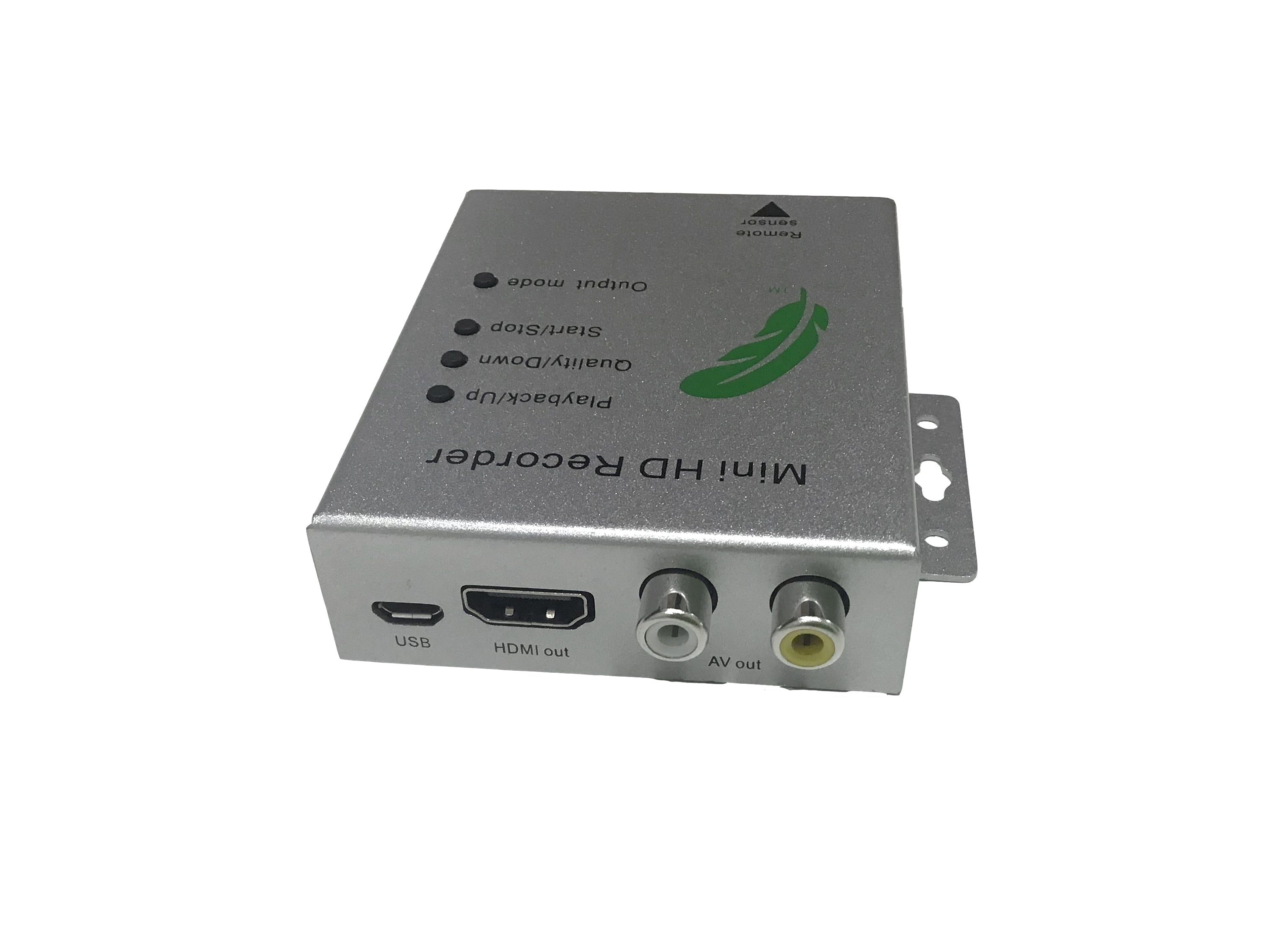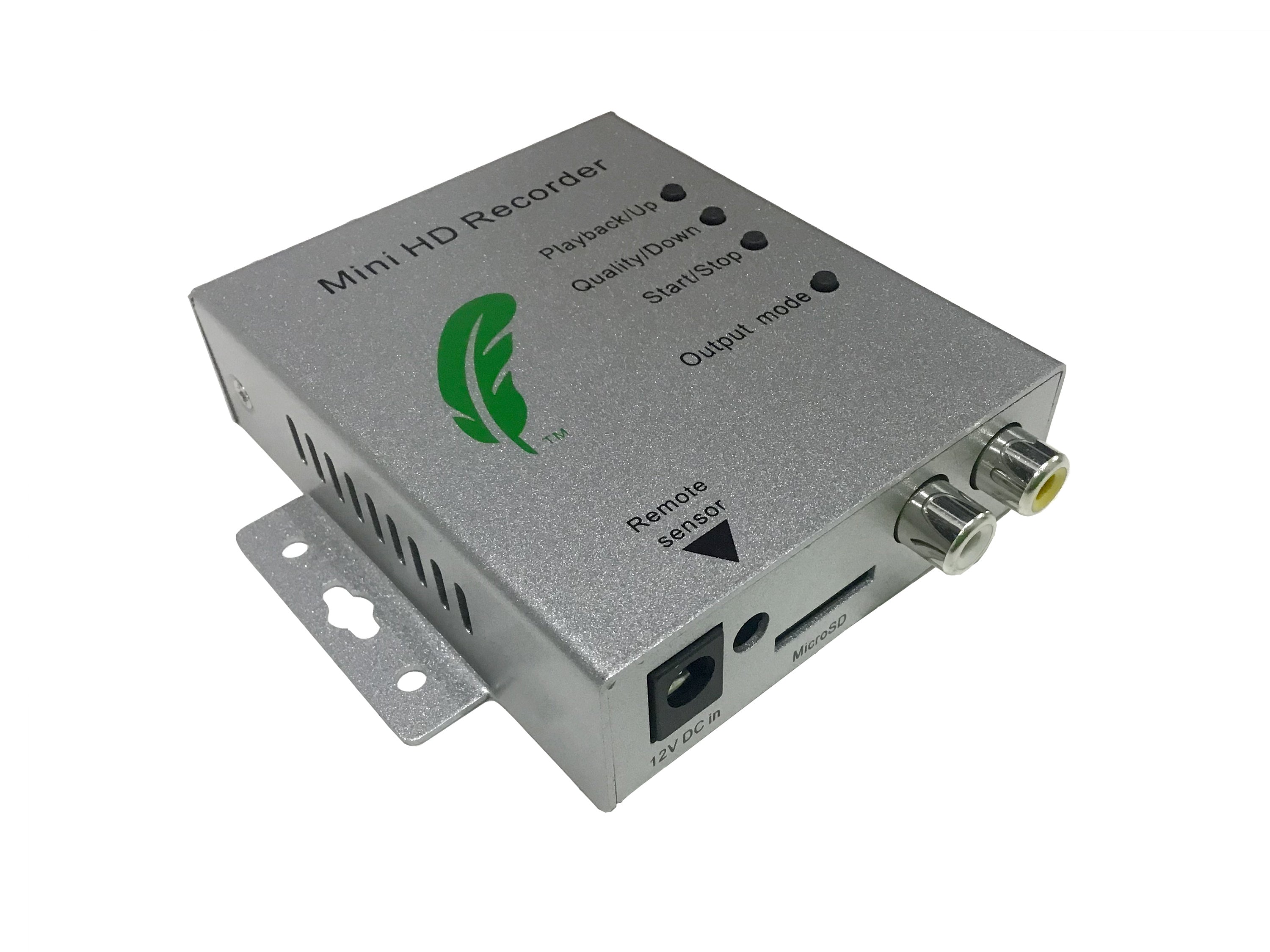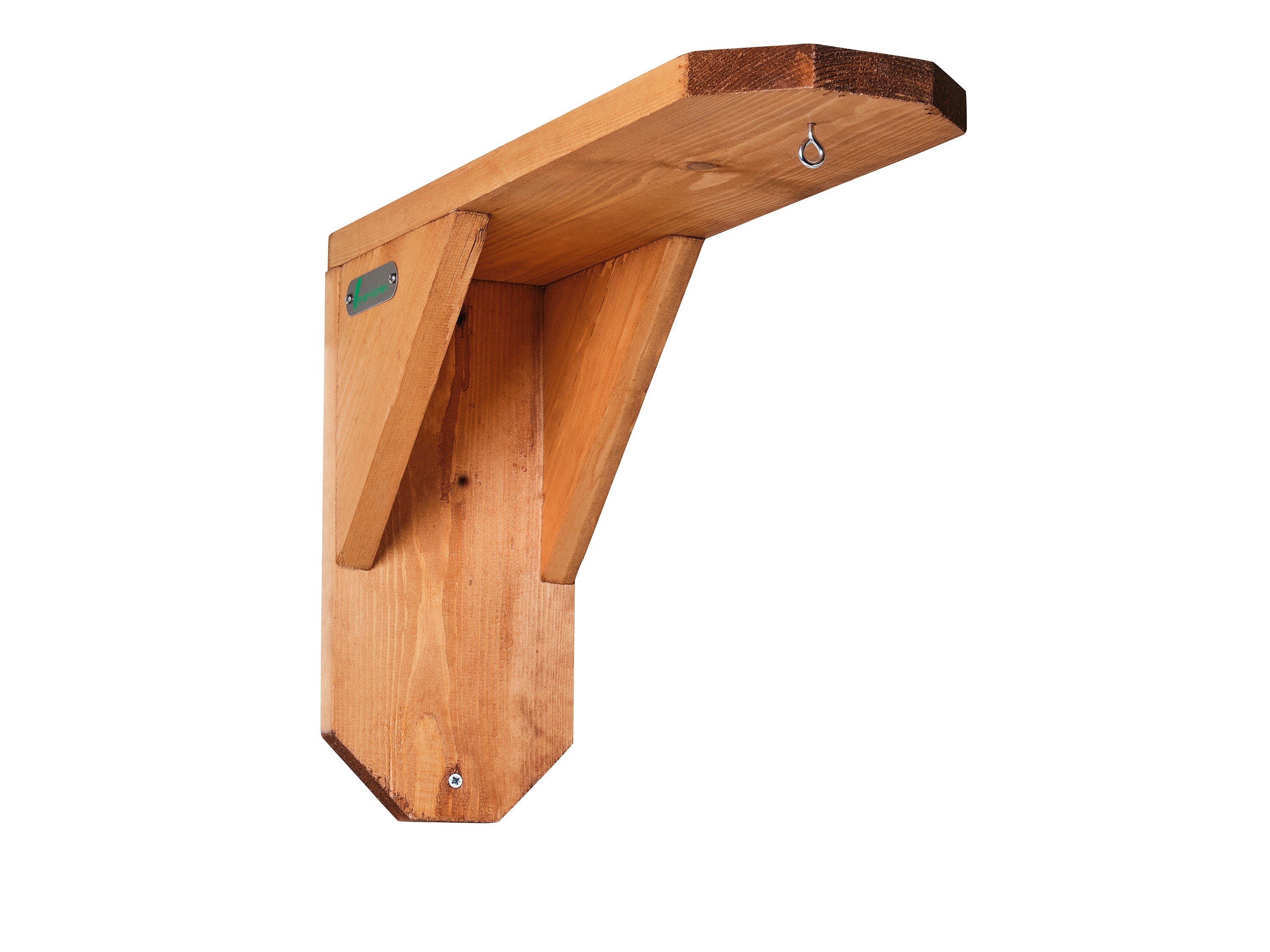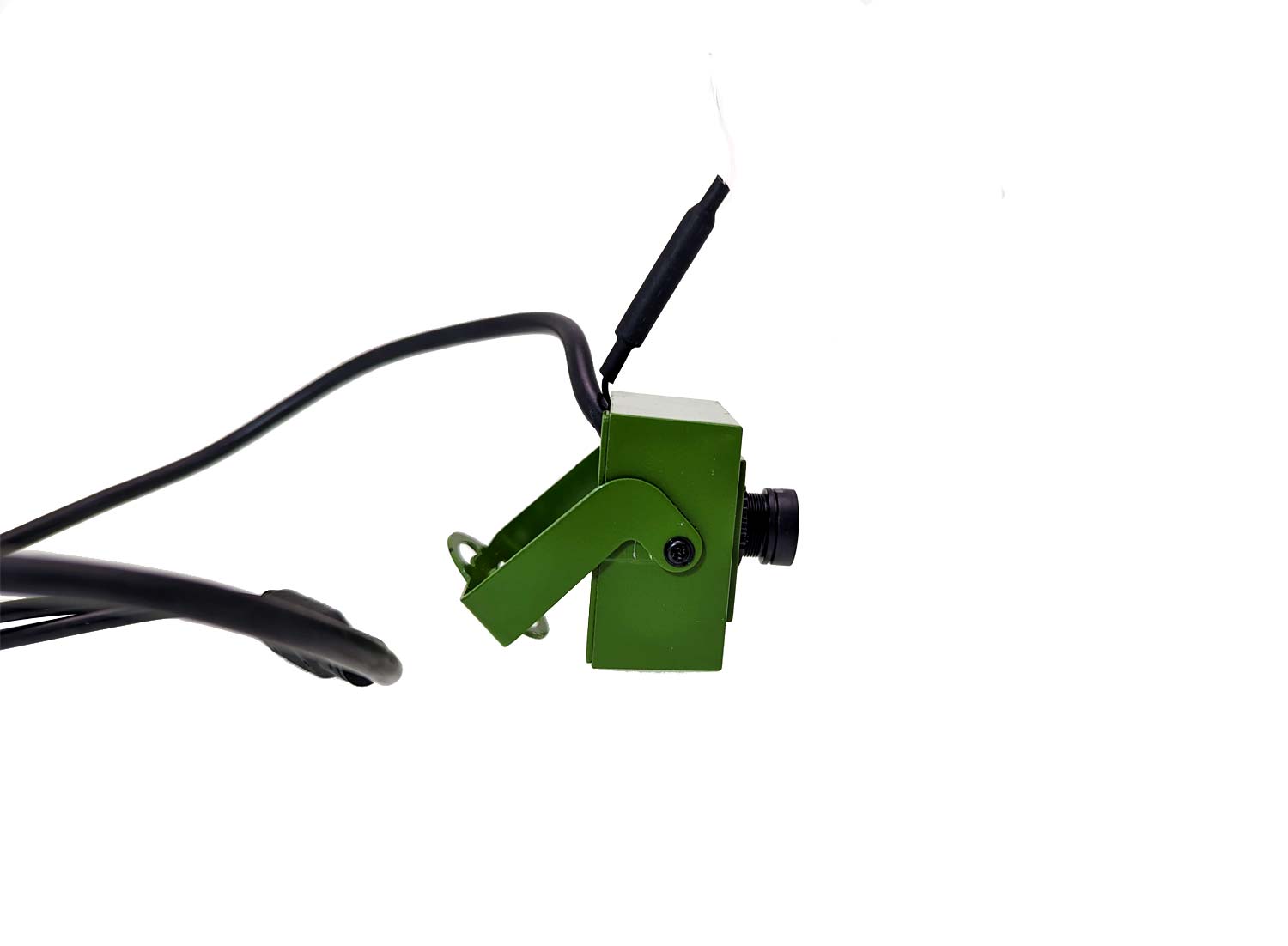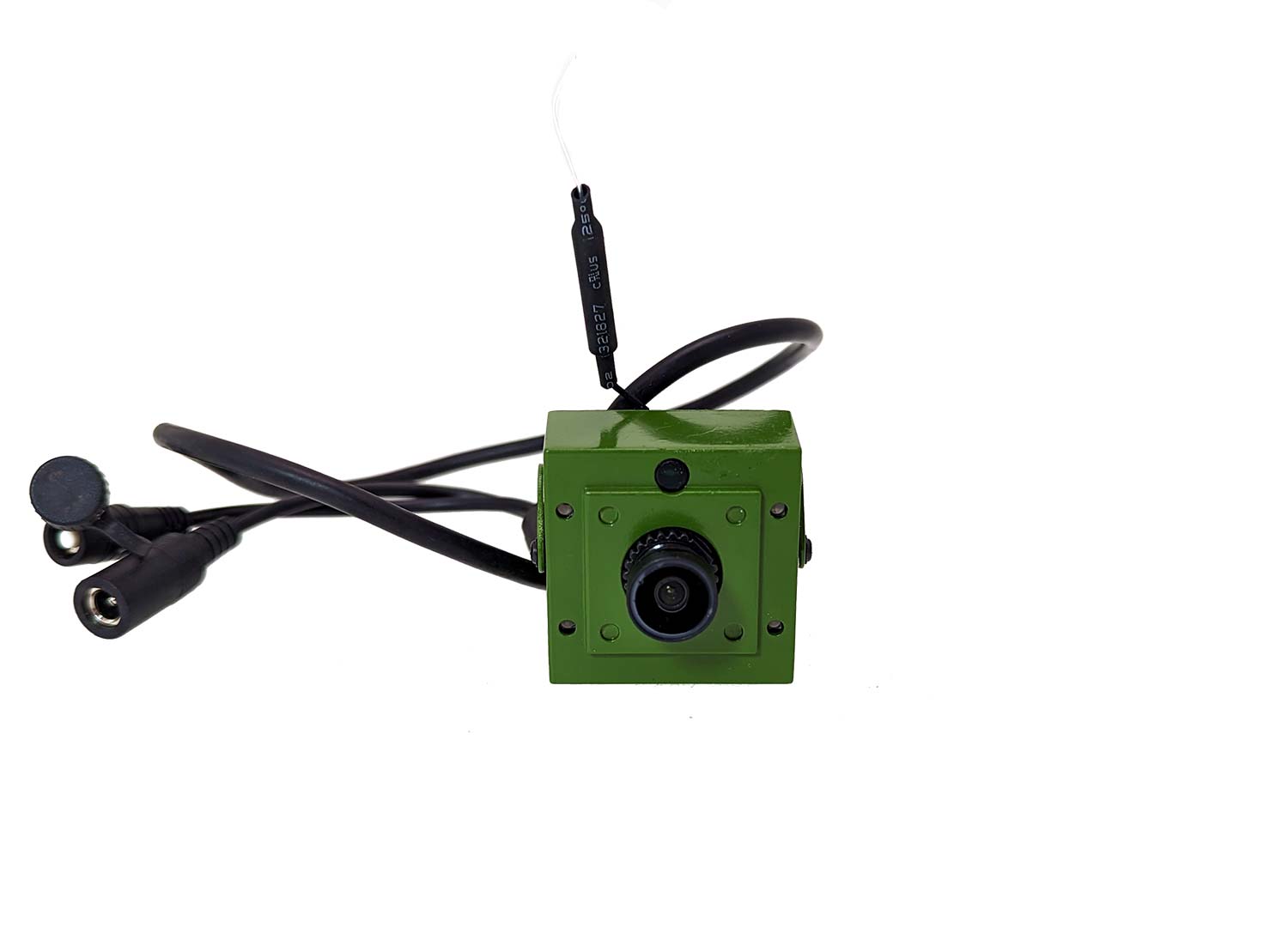As the days grow longer and the weather starts to warm, spring is the perfect time to breathe new life into your garden. This season brings a surge of activity as birds nest, pollinators emerge, and mammals awaken from hibernation.
By preparing your garden with wildlife in mind, you can create a thriving, natural space that supports local species while enjoying the beauty of nature right outside your door.
Whether you're a seasoned wildlife gardener or just starting, this guide will help you make your wildlife-friendly garden a haven for birds, bees, butterflies, and beyond. From planting nectar-rich flowers to providing shelter and water sources, we’ll cover everything you need to get your garden ready for the bustling wildlife of spring.
Spring wildlife-friendly garden ideas

Preparing your garden for spring doesn’t need to feel like a huge task - in fact, it will probably fall in line with your garden spring clean, or just simply when you’re tidying up your backyard ready for sunnier days.
But if you want to prepare your garden, with spring wildlife in mind, then here’s some helpful tips to get you started:
1. Clean up without disrupting habitat
Try to start your spring with a blank canvas - it is the season of new beginnings, after all!
Clear up any dead material, such as fallen leaves, branches and long-gone plants that didn’t survive the winter. Clean your bird feeders, bird baths and bird boxes, and scatter about some healthier-looking leaf litter and logs for sheltering bugs to make a home.
2. Plan for pollinators
Once you have your fresh slate, start planning your spring wildlife garden - especially for pollinators that will soon come and breathe life into the space.
Think about how you want your garden to look this year, including what nectar-rich plants your buzzing buddies would love to visit. You could also consider installing a bee hotel, or leaving some bare soil around for ground-nesting bees.
3. Improve water sources

You know what they say - water is the source of life! So, when preparing your wildlife-friendly garden for spring, you want to have it in bucketfuls… Well, maybe not literally.
Not only should you clean and refill your bird bath, but you can also consider building a garden pond or shallow water feature to attract more wildlife to your garden. Add floating plants or stones as safe perches for your garden visitors to rest on, and watch wildlife go wild in your backyard.
4. Provide wildlife shelters and nesting areas
Along with water sources, you’ll also want to provide any visiting wildlife with shelters and nesting areas.
Whilst you could do this the “rewilding” way, by leaving your hedgerows, shrubs and grass to simply grow wild, this may not fit into the aesthetics of your spring garden. Instead, placing wildlife habitats in your garden may be the best option.
This could include bird boxes, in safe shaded areas, for your feathered friends, and hedgehog houses for your nocturnal prickly pals. Bug hotels are always a great option too, providing a home for beneficial insects in your garden.
Better yet, why not consider installing a wildlife camera around or inside your habitats too? This way, not only are you providing a safe space for resting visitors, but you can also capture up-close footage of everything they get up to in your garden!
5. Plants to put in a wildlife-friendly garden
Spring is the perfect time of year to add new plants into your garden. But, for those focused on attracting wildlife, you’ll want to be a little more specific with your choices.
Plants can provide some of the most wildlife needs - food and shelter. Consider plants such as berry bushes, nectareous wildflowers and fruit trees for the perfect balance of fuel and pit stop.

Climbing plants can also be an incredible source for this too, like ivy.
Whilst you’re waiting for your plants to grow, flower and fruit, you could also consider supplementing your garden with bird food, such as suet cones or bird seed mix.
6. Encourage a healthy ecosystem
To ensure your spring wildlife garden not only thrives, but is safe for any creatures that may be stopping by, it’s important to encourage a healthy ecosystem.
Avoid using any chemicals, such as pesticides, herbicides, synthetic plant food, or chemical fertiliser, as these can be toxic to wildlife. Not only will it be toxic if consumed, but chemicals contaminate the soil and can have a knock-on effect to your local ecosystem.
Instead, consider composting to naturally enrich your garden’s growth, and try to avoid using any pesticides whatsoever - bugs are a garden’s best friend!
Is my garden wildlife-friendly?
A wildlife-friendly garden is one that encourages local wildlife to visit or make a home. Here’s some questions to ask yourself, to consider if your garden is wildlife-friendly:
-
Do you provide food sources for wildlife, such as bird feeders, berry-producting plants and nectar-rich flowers?
-
Does your garden have shelter for wildlife, such as trees and shrubs, or man-made wildlife habitats?
-
Do you have water sources in your garden - anything from a garden pond to a bird bath or shallow water dish?
-
Can wildlife easily access your garden, such as with gaps in fences or hedges?
Can you have a wildlife-friendly garden and no rats?

Yes, you can have a wildlife-friendly garden without attracting rats by taking a few precautions.
Whilst encouraging wildlife into your garden naturally brings in various creatures, including small mammals, you can minimise the risk of rats by managing food sources, shelter, and garden maintenance. Here’s how:
1. Prevent food sources for rats
In most cases, rats will be in your garden on the hunt for a meal.
-
Use hanging feeders with built-in catch trays, instead of scattering seeds on the ground.
-
Clean up any fallen bird, hedgehog or pet food regularly.
-
Avoid composting cooked food, bread, meat or dairy, which are known to attract rodents.
-
Invest in a sealed compost bin with a secure lid, instead of open heaps in your garden.
2. Minimise shelter for rats
Rats may also be looking for shelter in your garden, especially if the weather is particularly cold or wet.
-
Trim overgrown areas, stack logs neatly, and avoid large, undisturbed piles of debris.
-
Place hedgehog houses, bug hotels, and bird boxes on raised platforms to deter rats.
-
Break up dense vegetation with open spaces, to remove any hiding spaces.
-
Close off access to sheds, compost bins, and other structures where rats could nest.
3. Encourage natural predators
Whilst rats are still wildlife creatures, encouraging natural predators into your garden can help keep them away.
Installing an owl box or bird of prey box can help to encourage natural rat control. Placing things in your garden to attract foxes and hedgehogs can also help.
Ready to create your spring wildlife garden? Get in touch today for expert advice on how to make your garden a safe sanctuary for all creatures, big and small, with Green Feathers wildlife accessories.

